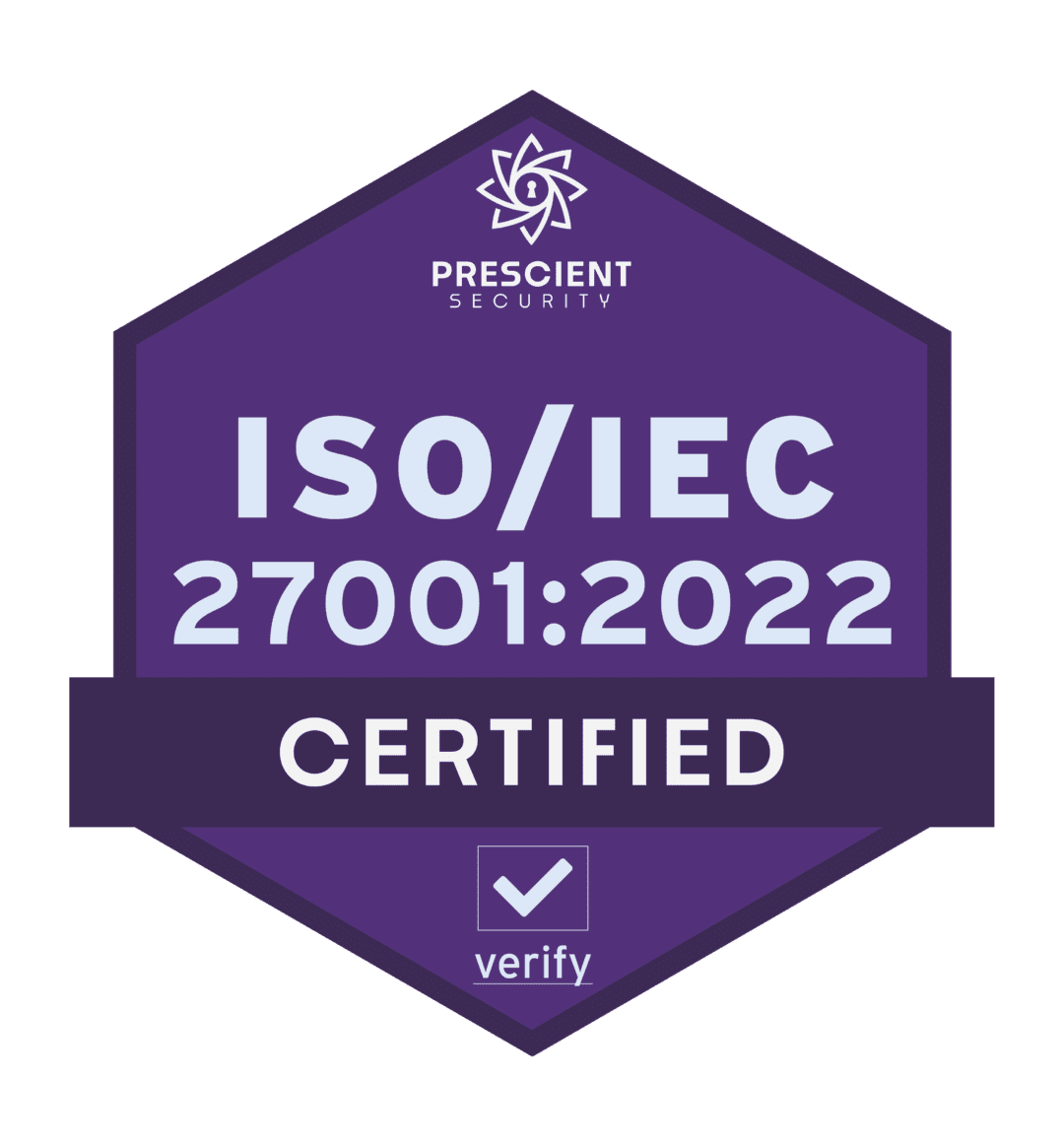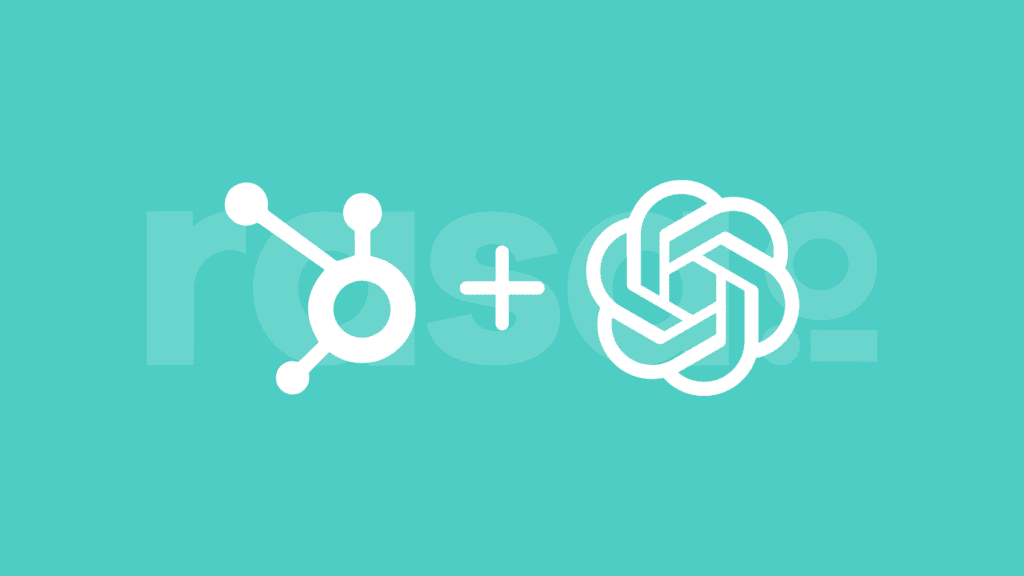Email marketing has come a long way since the days of its inception. Nowadays, businesses have so many different resources and tools to aid them. For example, email marketing tools like ours help organizations personalize their email newsletters with a custom-curated set of articles for each recipient.
There are many different techniques that businesses can use to make their email marketing campaigns even more effective.
Whether it’s segmentation, cold emailing, or curating user-generated content, there are quite a few tactics to choose from.
And yet, many businesses still struggle to build an email list and keep subscribers engaged. This is a particularly difficult problem for small businesses and startups.
People use their email inboxes, but they are also used to ignoring branded emails because they see these emails as spam or ads.
That being said, there are still a ton of ways you can succeed with email marketing. It’s much easier than it seems – and it becomes even easier once you know what you are doing. So, let’s talk about how to send an email newsletter that people will actually read.
10 Tips for Sending a Newsletter People Will ACTUALLY Read
#1 Personalize, Personalize, Personalize
First and foremost, remember the golden rule of email marketing: implement personalization wherever and whenever you can.
The reason why so many businesses don’t see their desired results from their email marketing campaigns is that they think their target audience is a monolith. The truth is that each customer is unique – and they all deserve for you to personalize their experience with your brand for them as an individual.
This is exactly why you need to segment your list and send out emails that will be relevant to each separate segment.
It’s an even better practice to personalize emails even further by using the data of each of your subscribers. Did they indicate that they are interested in discounts and sales? Then you should send them relevant content in your emails. Did they purchase only one specific product or service from you? Then you should send them recommendations related to their purchase.
#2 Curate Interesting Content
One thing many content marketers seem to forget is that content creation is not always necessary for successful content marketing. In fact, you might see better results by curating existing content instead of trying to create something new. Of course, you can’t rely solely on curated content for your email newsletters, but you can dedicate a large part of your content strategy to content curation.
For instance, you can assemble a list of articles from your blog that a specific segment of your audience will find interesting or valuable. You know your own content well so you should be able to pick and choose the best sets of articles for each of your segments.
You can also send out content from other blogs and websites. You might be hesitant to send your customers to other websites, we understand your apprehension. But the more value you can provide for your customers the better – whether you’ve written it or not. We also recommend using your analytics to monitor the topics your customers are most interested in. If they are consistently clicking on blog links in your email for topics that you haven’t written about yet, take that as your cue to start writing about them!
Alternatively, you can find and share some of the customer reviews for a particular product or service to show social proof of its value. You don’t need to curate content all the time, but it can be a good way for diversifying the contents of your newsletters.
#3 Make Your Subject Lines Pop
When you send out newsletters to the subscribers of your email list, you don’t expect every single one of them to read your email. While you can be hopeful about your open rates going up, it’s best to take the situation into your own hands and try to increase it yourself. This is exactly why you need to take time to work on your subject lines and make them pop.
Just like the email newsletters themselves, your subject lines need to be personalized. Not everyone responds well to the same subject line you use for every single email you send. Thus, it’s a good idea to test different subject lines with different emails and assess the way different segments of your audience respond to different subject lines. This way, you will understand what appeals to them the most and makes them open your emails.
#4 Remember Mobile-Friendliness
It should go without saying that your emails have to be mobile-friendly, yet so many businesses seem to overlook this aspect of email marketing.
Not everyone will be using their laptop or desktop computer to check their inbox. A lot of people read new emails on their smartphones or tablets. So, it’s important to make your email newsletters look good on all types of devices.
Keep in mind that it’s not just about the design of your email newsletters. Simple things such as the length of your paragraphs could impact the way your newsletters look. Longer paragraphs might be okay on desktop computers, but they will look like blocks of text when viewed on mobile devices. Break up your long paragraphs into smaller ones with only a few sentences in each. This style is much more appealing to the reader.
#5 Link When You Can Instead Of Stuffing
Speaking of blocks of text, it’s best to avoid stuffing your email newsletters with too much content. It’s never a good look and could make a subscriber change their mind about reading the newsletter in the first place. Instead of trying to include everything you can, it’s better to include more links that will direct users to the content elsewhere.
For example, if you want to include a video, it’s better to include a link to the said video instead of attaching it. This way, the email itself won’t be too heavy and users will have a better experience watching the video on your website or YouTube channel. At the same time, there are certain cases when you simply can’t do anything else but link (e.g. an email with a list of article titles and links to them is better than an email with many long article summaries).
#6 Promote Less, Deliver Value More
Perhaps one of the biggest reasons why so many people don’t read emails from brands is that they are used to seeing these emails as promotional material or ads.
Of course, such a notion didn’t appear out of nowhere.
Some businesses still use email marketing solely for promoting their products and services. Set yourself apart from those brands by consistently delivering value.
Different segments of your audience will value different kinds of emails. Some will want to read blog posts with useful tips while others will want to get notified about new product releases. By asking your subscribers what they want when they subscribe to your newsletter, you can consistently deliver the most valuable content to them. Instead of only promoting your brand, try to send out newsletters that will be useful to your audience.
#7 Focus On Your Newsletter’s Visual Appeal
In addition to providing value, your email newsletters should also be visually appealing. Your emails could have the most useful and valuable content, but if they look bad, fewer people will want to continue reading them.
Besides, having visually unappealing email newsletters is not a good look for any respectable brand. In most cases, the visual appeal of your newsletter will depend on a variety of factors, including:
- The overall design of your emails should be in line with your website design and brand image.
- The visuals used in the email newsletter, including images, videos, etc. should be formatted and sized for email.
- The amount of text in your emails and how it is balanced out by white space and graphics.
- The degree to which your email newsletter is stuffed with content and the number and frequency of links in it.
- Any other visual elements used in your emails such as calls to action, buttons, footers, etc.
#8 Keep Emails As Concise As Possible
Speaking of the visual appeal of your email newsletters, you need to keep your emails as brief as possible. Stuffing your emails with too much content will do you no good, so it’s better to write as interesting, but concise, copy as much as you can.
If you don’t have the skills necessary to write this kind of newsletter copy, you can always hire a copywriter. This way, you will have more time to focus on other aspects of your email marketing campaigns while an expert takes care of writing the emails themselves. Likewise, you can outsource the creation of your visual content.
#9 Use Templates For Simplicity And Consistency
Email templates have been used by marketers for ages and are sometimes frowned upon. However, if you know how and when to use templates, they can be incredibly effective for automating and simplifying your email creation process. Templates assist you in staying consistent with your branding and the overall success of your marketing efforts.
You can either create your own templates from scratch or you can find free newsletter templates online and customize them for your business.
It may be best to take the first route if you’re experienced with email marketing. This route will give you more flexibility and will help you make your templates more unique and on-brand with your business or organization.
But if you’re a beginner, feel free to start with a premade template. You can always adjust your template as your knowledge and understanding grow.
It’s best to have several templates on hand for different types of email newsletters. For instance, emails with curated content will look different from those with discount info.
#10 Set Up And Stick To Your Schedule
Last but not least, for your email marketing to be as successful as it possibly can be, you need to set up and stick to your schedule.
Just like any other type of content marketing, email marketing relies on consistency and regularity. In other words, if you send out your email newsletters a specific number of times per week or month and at a specific time, you will likely see better results than if you had no schedule whatsoever.
To set up your schedule, analyze your past email marketing results, and see when your audience seems to engage with your emails the most.
You should test different times of the day and days of the week before you finalize your schedule. Take into account the time zone where your subscribers are located. If you are targeting an international audience, you might want to adjust your schedule to fit different audience segments and the time when users are the most active.
Conclusion
All in all, creating and launching successful email marketing campaigns is definitely possible even if you are just starting out with this type of marketing. You need to keep in mind a number of things to ensure that your email newsletters are not ignored. Utilize the tips in this article to help you improve your email newsletters and launch successful email campaigns.
Author’s Bio:
Max Mitchell is a writer at BestWritersOnline and WritingJudge, companies are responsible for evaluating the top writing services. He is very passionate about typing, creating complicated spreadsheets, and consuming an inhuman amount of caffeine. Nevertheless, he is also the creative type of individual who will always find a new perspective on topics of interest.












